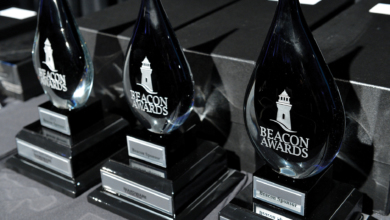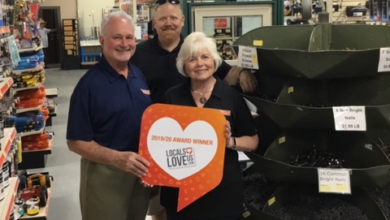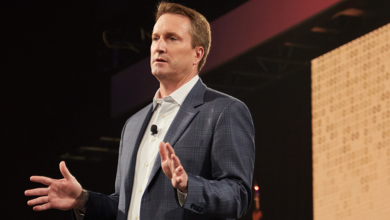Jobsite Tough, Stylish in the Street

With a heritage of hard work, Carhartt was founded in 1889 by Hamilton Carhartt and provided durable overalls to railroad workers. Maintaining quality craftmanship as the brand grew, Carhartt expanded its product line to include a wide array of workwear essentials, from jackets and pants to accessories, all designed to withstand tough environments.
Headquartered in Dearborn, Mich., Carhartt has about 5,400 employees worldwide and is owned and managed by the descendants of the company founder. Still family-owned, this Century Club manufacturer has organically grown to become a billion-dollar business. Carhartt’s wavelike logo, which represents growth and friendship, is now seen on apparel worn by movie stars, farmers, and rappers.

From Rugged to all the Rage
The company’s brand expansion from rugged workwear to a must-have for pop and culture icons could be traced to the constant desire to improve the products. Throughout its 135-year history, Carhartt has solicited customer input about how to better products.
With such customer-focused design, Carhartt built clothes to last using heavy-duty thread and highly durable materials to resist heat, stains, and water. Because of Carhartt clothing’s durability and value, its coats, coveralls, jeans, and overalls were common on farms, jobsites and ranches.
By the 1990s, subcultures such as hip-hop artists and skaters valued the brand for its utilitarian aesthetic and robust construction. From Brooklyn streets to West Coast skate parks, Carhartt evolved into a symbol of a rugged, no-nonsense approach to style.







